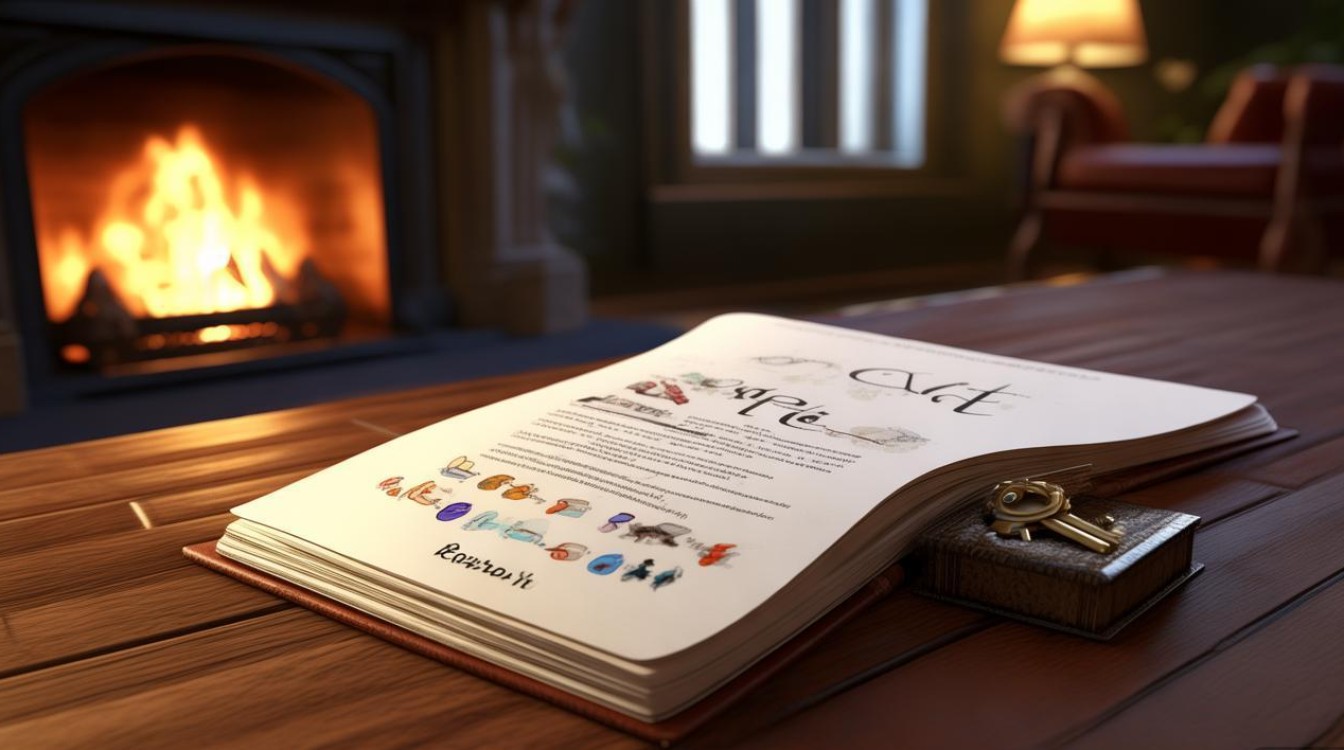在雅思口语考试中,恰当运用“free gift”相关话题不仅能展现词汇丰富度,还能自然延伸至文化差异、消费心理等深层讨论,本文将从核心词汇解析、场景化表达、文化差异分析及备考建议四个维度,系统梳理“free gift”在雅思口语中的应用技巧,帮助考生在Part 1至Part 3中灵活应对相关话题。

核心词汇与短语解析
“Free gift”在口语中需注意与近义词的细微差别,避免表达重复,以下是高频词汇及搭配场景:
| 词汇/短语 | 适用场景 | 例句 |
|---|---|---|
| Freebie | 非正式场合,强调免费获取的小物品 | “I got a freebie tote bag at the music festival last weekend.” |
| Complimentary item | 正商业场景,如酒店、餐厅赠品 | “The hotel offered complimentary toiletries, which were surprisingly luxurious.” |
| Giveaway | 营销活动或抽奖中的赠品 | “Many brands use social media giveaways to attract young customers.” |
| Bonus gift | 购买主产品后的额外赠品 | “The phone came with a bonus wireless charger, a nice surprise!” |
考生需根据话题正式度选择词汇,例如在Part 1谈论“收到过的赠品”时,可用“freebie”体现口语化;在Part 3讨论“营销策略”时,则适合“giveaway”或“complimentary item”等专业表达。
场景化表达与话题延伸
雅思口语各部分均可能涉及“free gift”,需针对性设计回答框架:
Part 1:基础话题问答
常见问题:
- “Have you ever received a free gift? What was it?”
- “Do you like getting free gifts? Why?”
回答策略:采用“事件+细节+感受”结构,加入具体形容词增强画面感。
示例:
“Yes, I received a complimentary notebook when I attended a book fair last month. It had a leather cover and was embossed with the fair’s logo, which made it feel quite premium. I loved it because it’s both practical and serves as a nice souvenir of the event.”
Part 2:个人陈述题示例**:
“Describe a free gift you received that you really liked. You should say:
- what the gift was
- who gave it to you
- when you received it
- and why you liked it.”
回答框架:
- 引入:点明事件背景(如“During a college open day, I received a...”)
- 细节:描述赠品外观、功能(“It’s a portable phone charger with a solar panel, perfect for outdoor activities”)
- 关联感受:结合使用场景(“Last summer, I used it while hiking, and it saved my phone battery when I needed to call for help. That’s why I treasure it.”)
Part 3:深度讨论与抽象分析
常见问题:
- “Why do companies often use free gifts as a marketing strategy?”
- “Do you think free gifts can influence people’s purchasing decisions?”
回答策略:从消费者心理、商业目的、社会现象等角度展开,使用逻辑连接词(如“Firstly,” “Moreover,” “However”)增强条理性。
示例:
“Companies use free gifts primarily to enhance customer loyalty. For instance, a complimentary sample might encourage customers to try a new product, leading to repeat purchases. Additionally, in competitive markets, gifts can differentiate a brand—like how cosmetic brands offer free makeup bags to make their products feel more valuable. However, if the gift is low-quality, it might have the opposite effect, damaging the brand’s reputation.”
文化差异与语境注意事项
“Free gift”在不同文化中的接受度和象征意义存在差异,需在口语中体现跨文化意识:
-
消费文化差异:
在西方商业环境中,“free gift”常与“买一送一”促销绑定,消费者更看重实用性;而在东亚文化中,赠品可能更强调“心意”,如伴手礼或节日小礼物。“In China, it’s common to receive small gifts like mooncakes during festivals, which symbolize good fortune rather than being purely promotional.” -
社交礼仪:
拒绝赠品的方式需得体,若在考试中被问及“是否会拒绝免费物品”,可回答:“I might politely decline if the gift seems too extravagant, as it could create a sense of obligation. For example, if a stranger offers an expensive gift, I’d worry there might be hidden expectations.”
备考建议与实用技巧
-
积累地道搭配:
- 动词+gift: “claim a gift” (领取赠品), “unwrap a gift” (拆开赠品)
- 形容词+gift: “thoughtful gift” (贴心的礼物), “promotional gift” (促销赠品)
-
模拟话题训练:
针对以下题目进行3分钟即兴陈述,录音后回听优化:- “Describe a time you gave someone a free gift.”
- “Do you think free gifts are always a good idea for businesses?”
-
避免常见错误:
- 混淆“gift”和“present”:两者可互换,但“gift”更常用于商业或正式场合,“present”偏口语化。
- 过度使用“free”:可用“complimentary,” “on the house”等替换,避免重复。
FAQs
Q1: 在雅思口语中,描述“free gift”时需要强调其价值吗?
A1: 不必强调金钱价值,重点可放在情感价值或实用性上,一个免费的手绘明信片可能价值不高,但“it was hand-painted by a local artist, which made it unique and meaningful”能体现深度思考,展示语言能力。
Q2: 如果被问到“是否认为free gift会让人变得贪婪”,如何回答?
A2: 可采用“辩证观点+例子”结构。“I don’t think free gifts inherently make people greedy, but they might encourage consumerism if overused. For instance, limited-time giveaways can create a ‘fear of missing out,’ prompting people to buy things they don’t need. However, small, unexpected gifts like a free coffee from a café often foster positive feelings without promoting excessive consumption.”
通过系统梳理词汇、场景化训练及文化意识培养,考生可在雅思口语中自然融入“free gift”相关内容,展现流利度与思辨能力,备考时需注重真实经历与抽象分析的结合,避免模板化回答,以灵活应对各类话题延伸。











